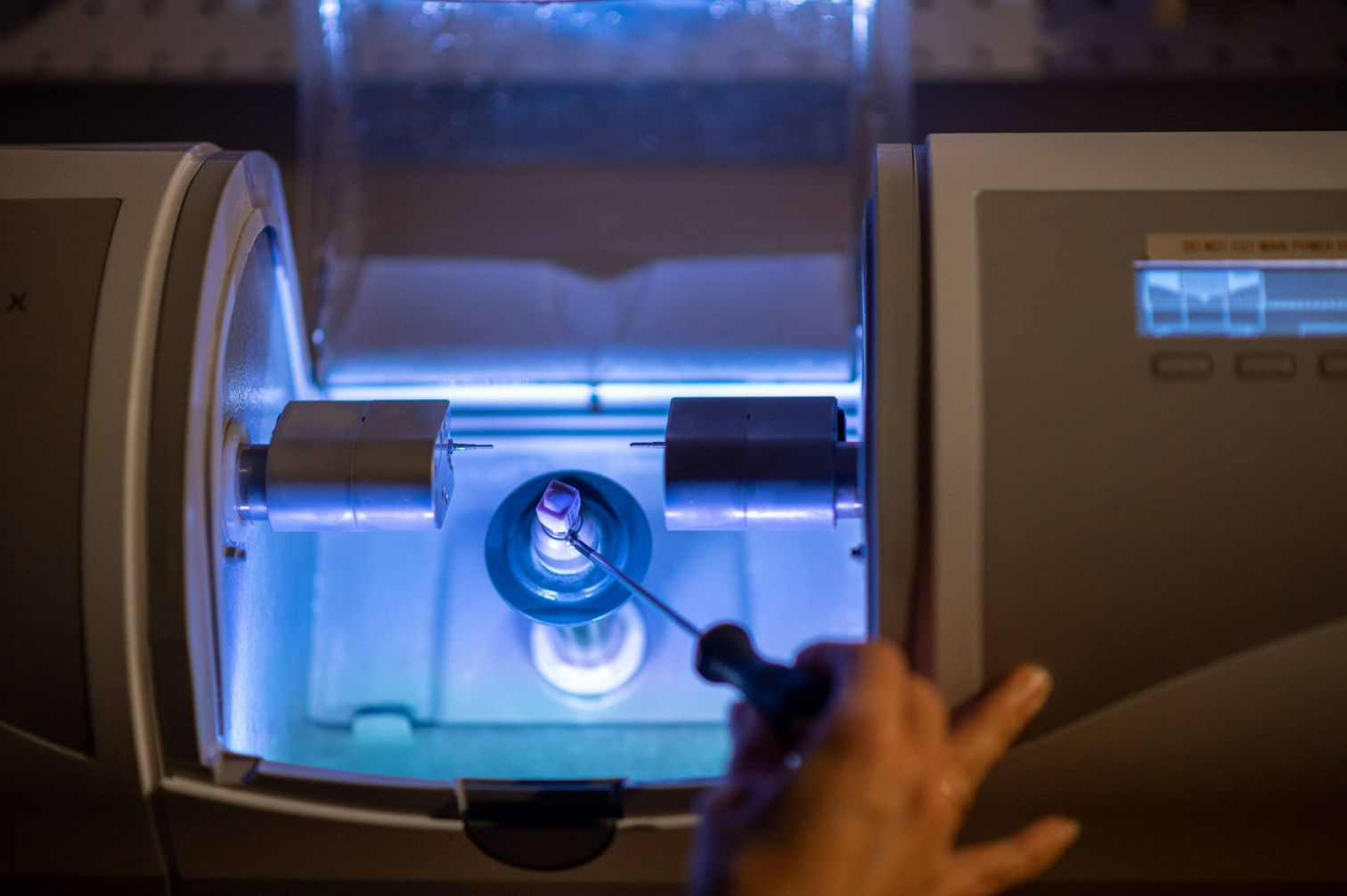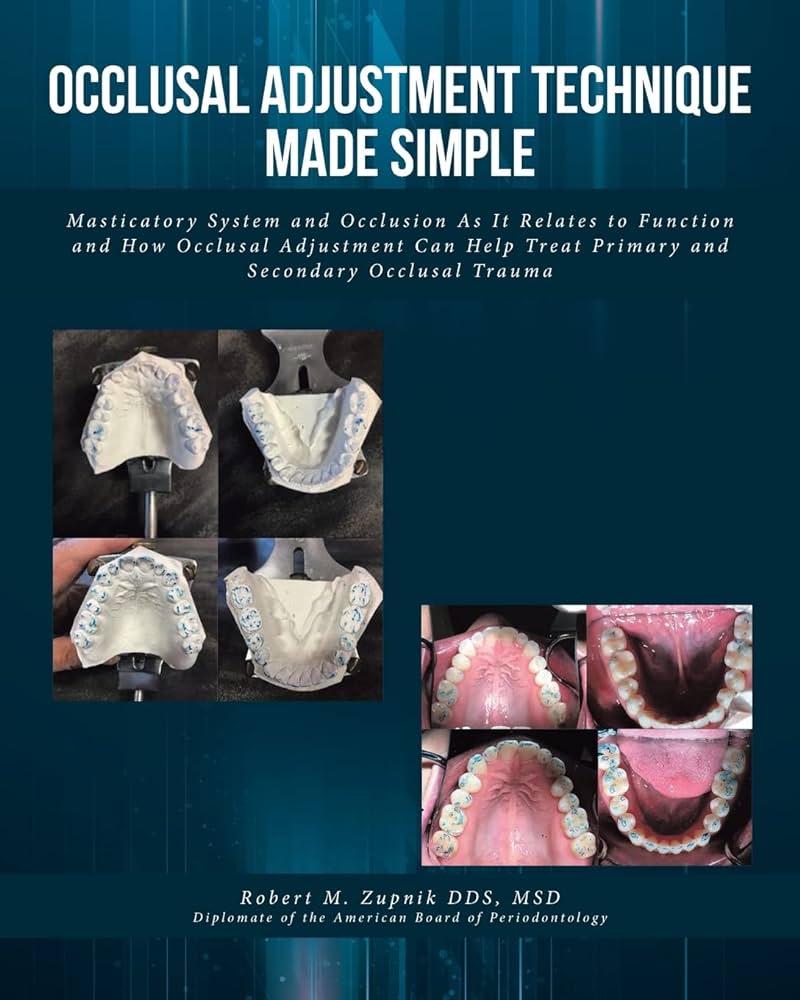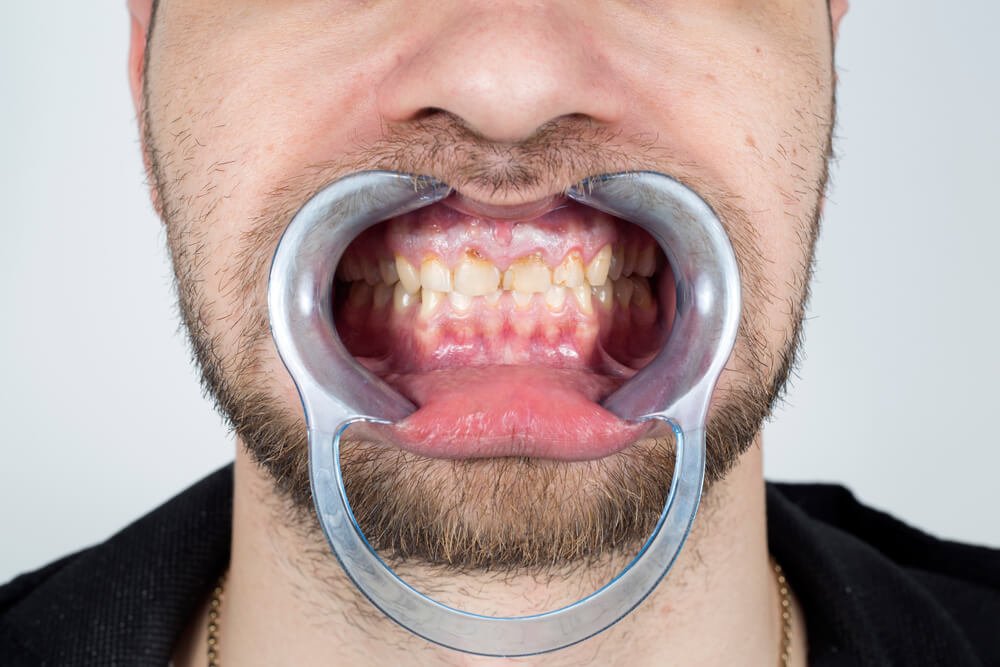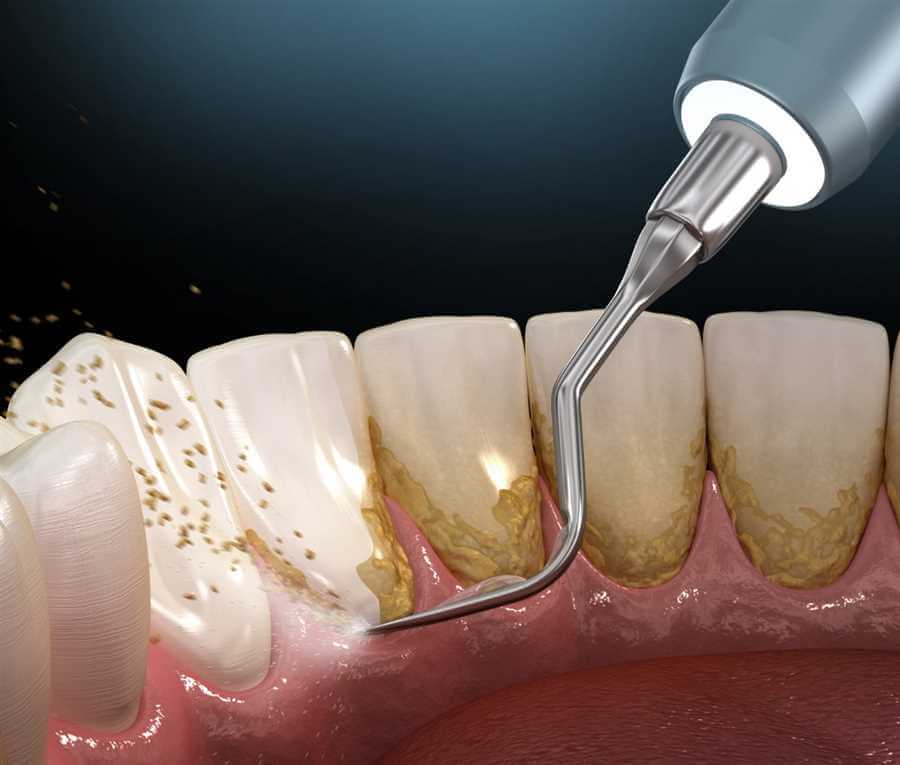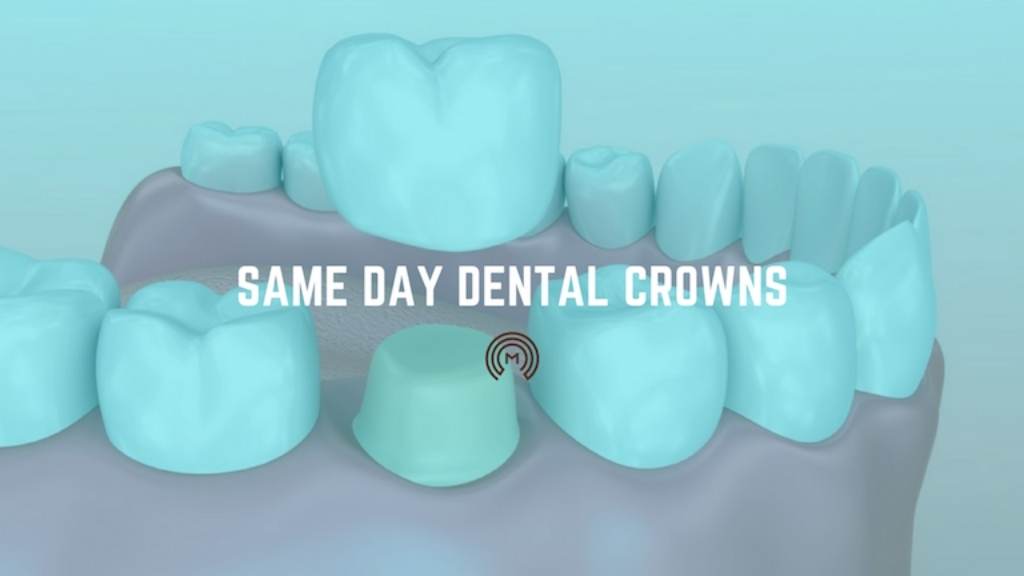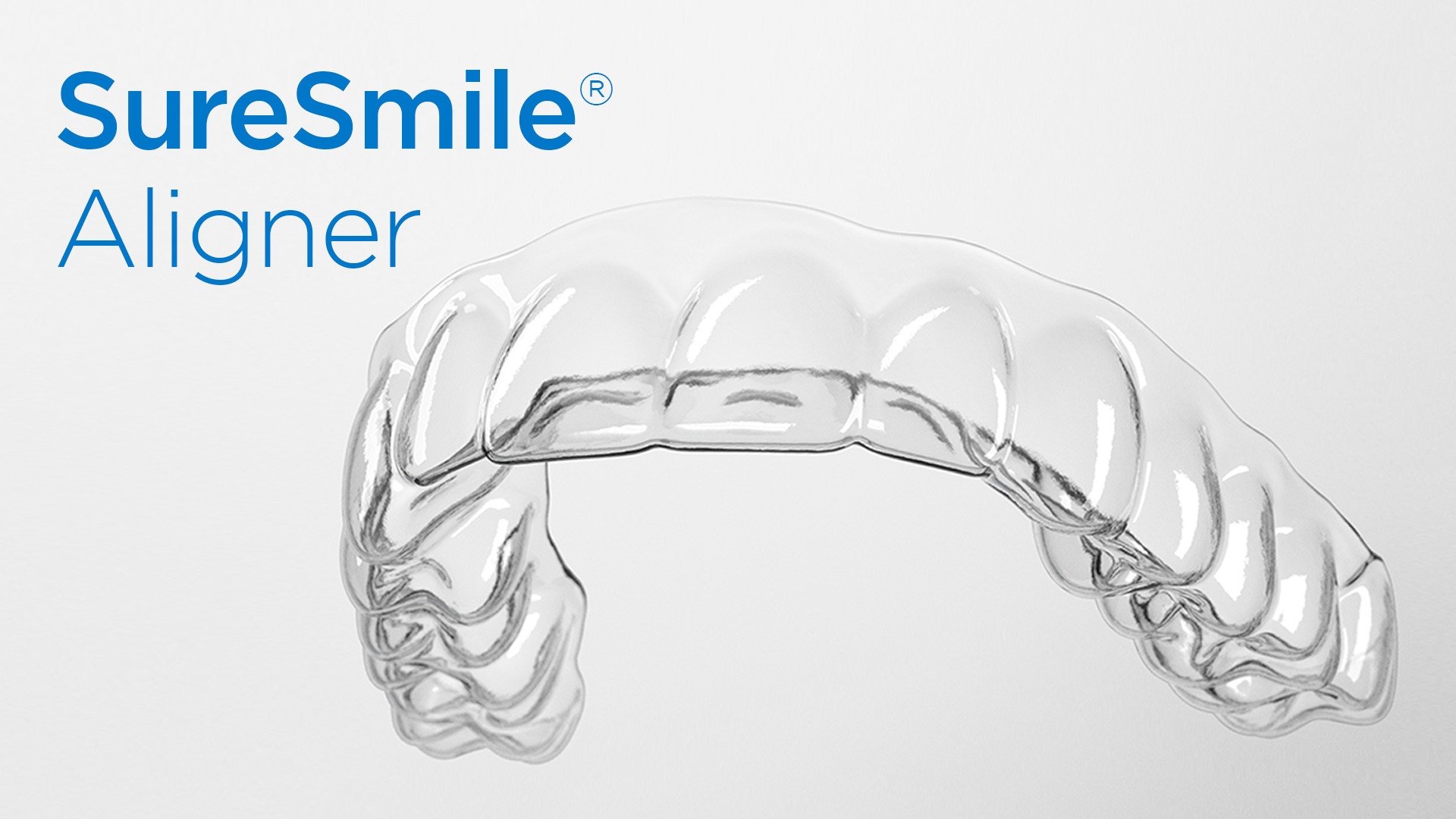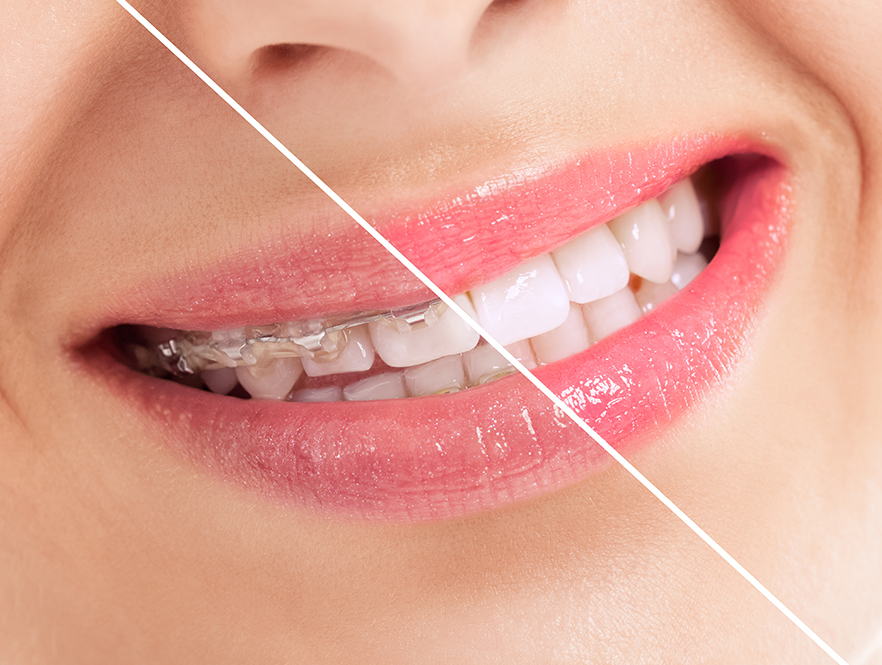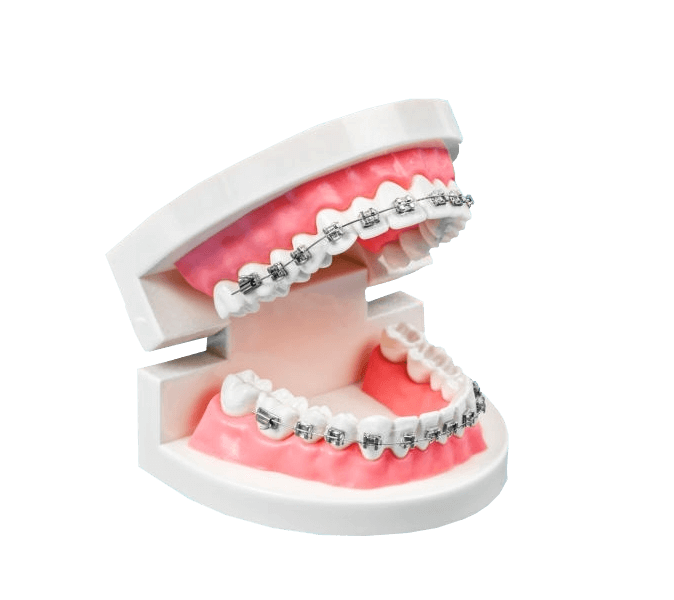Same Day Crowns: How They Work and What to Expect
Introduction
Same day crowns have revolutionized the field of dentistry, providing patients with a convenient and efficient solution for restoring damaged teeth. Unlike traditional crowns that require multiple visits to the dentist, same day crowns offer a streamlined process that allows you to walk out of the dental office with a fully functional and aesthetically pleasing crown in just one appointment. In this article, we will explore how same day crowns work and what you can expect during the procedure.
What are Same Day Crowns?
Same day crowns, also known as CEREC crowns, are dental crowns that are designed, fabricated, and placed in a single dental visit. These crowns are made using advanced computer-aided design and computer-aided manufacturing (CAD/CAM) technology, eliminating the need for messy impressions and temporary crowns.
The Process
The process of getting a same day crown typically involves the following steps:
1. Examination and Preparation
During your initial visit, the dentist will examine your tooth to determine if a crown is necessary. If a crown is deemed necessary, the dentist will prepare the tooth by removing any decay or damaged portions. Unlike traditional crowns, same day crowns require minimal tooth reduction, preserving more of your natural tooth structure.
2. Digital Impression
Instead of using traditional impression materials, a digital impression of your tooth is taken using a specialized camera. This digital impression is then used to create a virtual 3D model of your tooth on a computer screen.
3. Crown Design
Using the 3D model of your tooth, the dentist will design the crown using CAD software. This allows for precise customization of the crown to ensure a perfect fit and natural appearance.
4. Crown Fabrication
Once the crown design is finalized, it is sent to an in-office milling machine. The milling machine carves the crown out of a solid block of ceramic material, ensuring accuracy and efficiency.
Summary
Same day crowns, also known as CEREC crowns, are a revolutionary dental technology that allows patients to receive a custom-made dental crown in just one visit to the dentist. Traditional crown procedures often require multiple appointments and the use of temporary crowns, which can be inconvenient and time-consuming.
With same day crowns, the process begins with the dentist using a specialized camera to take digital impressions of your teeth. These impressions are then used to create a 3D model of your tooth, which is sent to a milling machine right in the dental office. The milling machine crafts your crown from a block of ceramic material, ensuring a precise fit and natural appearance.

Once the crown is ready, the dentist will bond it to your tooth using dental cement. The entire process can typically be completed in just a few hours, eliminating the need for multiple appointments and temporary crowns. Same day crowns offer convenience, efficiency, and excellent aesthetic results.
If you are considering getting a dental crown, ask your dentist about same da discover here y crowns and see if they are a suitable option for you. Experience the benefits of modern dental technology and enjoy a restored smile in no time.
- Q: What are same day crowns?
- A: Same day crowns are dental crowns that are designed, created, and placed in a single dental appointment, eliminating the need for multiple visits.
- Q: How do same day crowns work?
- A: Same day crowns are created using advanced CAD/CAM technology. After taking digital impressions of your teeth, a computer program designs the crown, which is then milled from a block of ceramic material right in the dental office.
- Q: How long does it take to get a same day crown?
- A: The entire process, from digital impressions to crown placement, can typically be completed in just a few hours, allowing you to leave the dental office with your permanent crown on the same day.
- Q: Are same day crowns as durable as traditional crowns?
- A: Yes, same day crowns are made from high-quality ceramic materials that are just as strong and durable as those used for traditional crowns. They are designed to withstand normal biting and chewing forces.
- Q: What are the benefits of same day crowns?
- A: Same day crowns offer the convenience of completing the entire crown process in a single visit, saving you time and eliminating the need for temporary crowns. They also provide excellent aesthetics and a precise fit.
- Q: How long do same day crowns last?
- A: With proper care and maintenance, same day crowns can last for many years, similar to traditional crowns. Regular dental check-ups and good oral hygiene practices are important for their longevity.
- Q: Does getting a same day crown require any special preparation?
- A: Same day crowns typically require minimal preparation of the tooth compared to traditional crowns. Your dentist will determine the extent of preparation needed based on your specific case.
- Q: Are same day crowns covered by insurance?
- A: Many dental insurance plans cover same day crowns, but coverage may vary. It is best to check with your insurance provider to determine the extent of coverage for this type of dental

Welcome to my website! My name is Ryan Sullivan, and I am a dedicated and experienced dental assistant. With a passion for oral health and a commitment to providing exceptional patient care, I am thrilled to share my knowledge and expertise with you.

